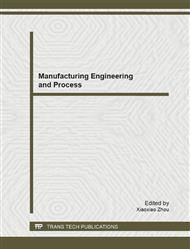p.345
p.352
p.357
p.362
p.367
p.373
p.378
p.386
p.393
Improved Algorithms for Motion Detection of Intelligent Video Surveillance System
Abstract:
Real-time segmentation of moving regions in image sequences is a fundamental step in video monitoring systems. This paper presents an improved motion detection algorithm in a dynamic scene based on change detection. The algorithm integrates the temporal differencing method and background subtraction method to achieve better performance. Background subtraction is a typical change detection approach to segment foreground, but the continuous or abrupt variations of lighting conditions that cause unexpected changes in intensities on the background reference image. So we combine the background subtraction’s result with temporal difference’s result. The foreground mask is segmented by both the methods of background subtraction and temporal differencing. Finally, a post-processing is applied on the obtained object mask to reduce regions and smooth the moving region boundary. Experimental results demonstrate that the proposed method can update the background exactly and quickly along with the variation of illumination, and the moving objects can be extracted effectively.
Info:
Periodical:
Pages:
367-372
Citation:
Online since:
April 2012
Authors:
Price:
Сopyright:
© 2012 Trans Tech Publications Ltd. All Rights Reserved
Share:
Citation:


